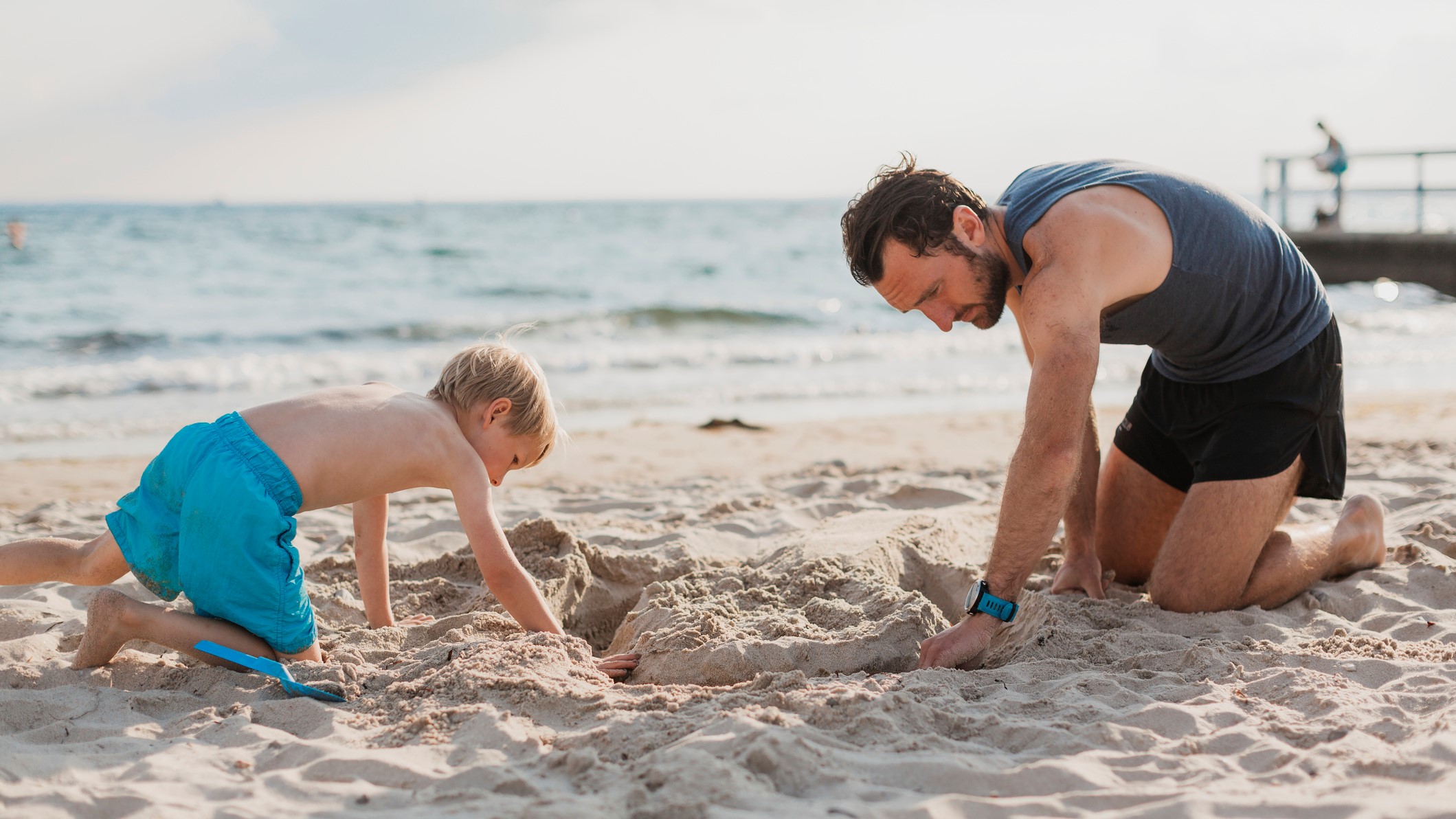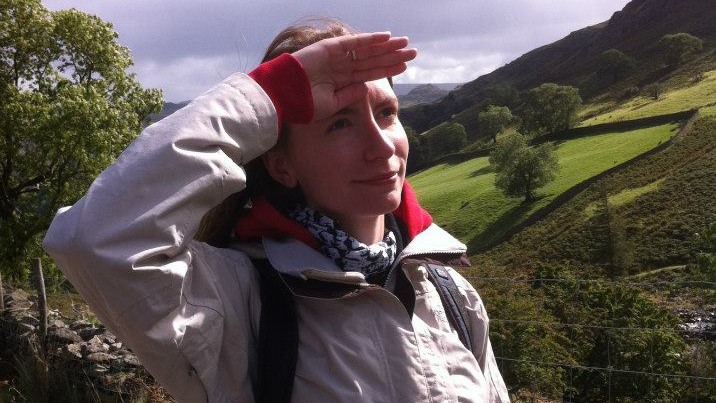
National Park officials have warned visitors not to leave holes in beaches, as sea turtles can fall in and become trapped.
As reported by WWAY-TV3, rangers at Cape Hatteras National Seashore recently found that a turtle that had come ashore to nest and fallen into a man-made hole. Tracks in the sand showed that the animal had managed to escape on her own, but not all nesting turtles and their hatchlings are so lucky.
Although sea turtle nesting season is officially over, new nests have been found as late as October. Being stuck in a hole leaves the animals at risk of exposure and predators, and they can be injured in the fall, or be unable to reach food and water.
The National Park Service asks visitors to stick to the principles of leave no trace, and make sure the environment is as left exactly as they found it.
Sea turtles at Cape Hatteras
Each year, female turtles return to the beach where they hatched at Cape Hatteras National Seashore to lay their eggs. Each one makes her way up the beach, chooses a suitable spot, and digs a hole with their rear flippers. After laying, she covers the eggs and heads back to the water.
The eggs hatch a couple of months later, and the tiny hatchlings use the reflected light of the moon and stars to find their own way into the ocean.
The National Park Service explains that once they reach the water, they will swim for 24-36 hours to reach the gulf stream and seaweed 'nurseries' where they will be protected until they grow to maturity.
All the latest inspiration, tips and guides to help you plan your next Advnture!

Cat is the editor of Advnture, She’s been a journalist for 15 years, and was fitness and wellbeing editor on TechRadar before joining the Advnture team in 2022. She’s a UK Athletics qualified run leader, and in her spare time enjoys nothing more than lacing up her shoes and hitting the roads and trails (the muddier, the better), usually wearing at least two sports watches.
